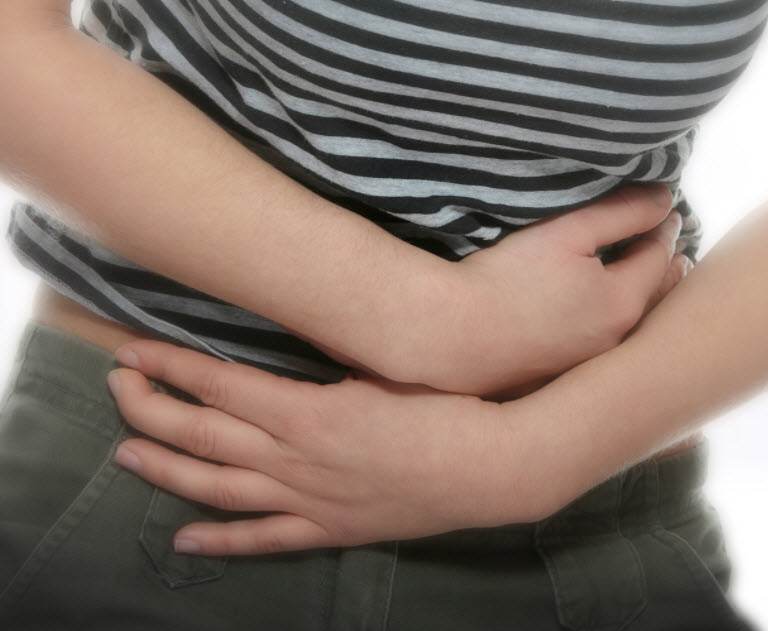Symptoms of Different Types of Bladder Diseases: How to Recognize the Signs of a Serious Bladder Problem

The bladder is an important organ of the urinary system. Its main function in the body is to store urine. Located in the pelvic area, the bladder is a hollow and expandable sac-like organ that collects urine from the kidneys. Many diseases can affect bladder function. In many cases, different bladder diseases may also share similar symptoms.
Bladder Infection/Cystitis
Bladder infection or cystitis is a type of urinary tract infection (UTI), which develops when there is an abnormal growth of bacteria. Characterized by the inflammation of the bladder, cystitis can be a serious condition if it spreads to the kidneys. Cystitis commonly affects more women than men. The bacteria species, Escherichia coli, cause the majority of cystitis cases.
Some symptoms of bladder infection are frequent need to urinate, feeling pain or a burning sensation while urinating (dysuria), foul smelling or cloudy looking urine, blood in the urine, mild fever, pain in the lower abdomen, and back pain. After diagnosing this condition, doctors usually treat it with antibiotics.
Interstitial Cystitis
Interstitial cystitis, or painful bladder syndrome (PBS), is a chronic condition that causes discomfort and severe pain in the pelvic area. PBS is an inflammation of the bladder wall. The American Academy of Family Physicians reports that interstitial cystitis affects nearly one million Americans. However, this disorder is more prevalent in women.
The inflammation can cause scarring of the bladder. Although interstitial cystitis may appear similar to cystitis, they are quite different. While the inflammation associated with cystitis is produced by a bacterial infection, the cause of the bladder inflammation in PBS is not related to any type of infection. The definitive cause is not entirely known by doctors, but they suspect it may be associated to a defect in the bladder lining.
Some symptoms associated with PBS are similar to other bladder diseases. There are no specific tests to diagnose this condition. Doctors must first rule out all other bladder disorders with similar symptoms such as UTIs and bladder cancer by using diagnostic test. However, some signs that doctors look for to diagnose this condition are pain and pressure near the bladder or pelvic area with an urgent need to urinate, and pain and pressure that increases as the bladder fills up.
To treat interstitial cystitis may require a combination of treatments, which can include diet, bladder distention, medicine, and bladder instillation.
Bladder Cancer
Bladder cancer usually begins in the cells of the bladder lining, According to the National Library of Medicine, opting health website and the National Institute of Health, in the United States, bladder cancer is the sixth most common form of cancer. Generally, it affects more men than women. Although there are many different types of bladder cancer, the most commonly diagnosed type is of transitional cell carcinoma.
The causes and risk factors associated with this type of bladder disease are age, smoking, genetics and chronic bladder infection. One symptom of this condition is the presence of blood in the urine (hematuria); other diseases can also present the same symptom. Some other signs can include dysuria, back pain and frequent urination.
Once diagnosed by doctors through tests such as cystoscopy, urine test or imaging tests, treatment is dependent on the stage of the cancer.
Consideration
Since there are many bladder disorders that have similar symptoms, it is important to be diagnosed properly as soon as troublesome signs appear. This can prevent complications associated with some bladder diseases. For example, a bladder disease like bladder cancer may be very treatable if diagnosed in its early stages.

